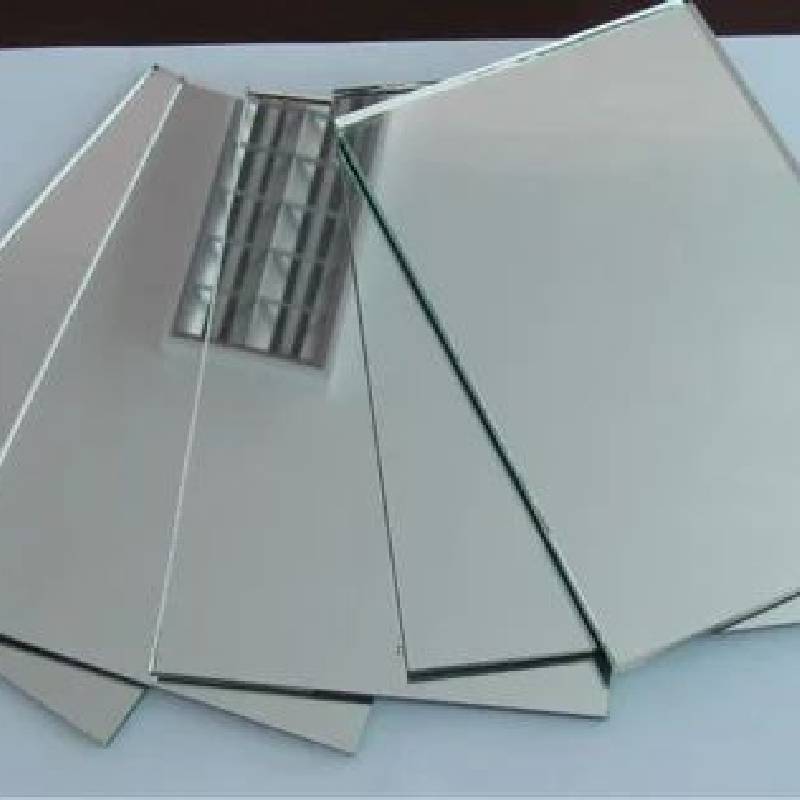In the dynamic world of modern home design and commercial architecture, tempered glass has emerged as a quintessential material, offering a blend of aesthetic appeal and incredible functionality. But beyond its obvious applications, the nuanced use of tempered glass can transform spaces and enhance user experience significantly, a testimony to its growing popularity in various sectors.

Tempered glass, also known as toughened glass, undergoes a rigorous heating and cooling process that enhances its strength compared to standard glass. This manufacturing process imbues the glass with exceptional durability, making it resistant to scratches and impacts. Such robustness ensures its utility in high-traffic areas like shopping malls, airports, and office complexes, where longevity is crucial without compromising on the visual appeal.
One of the key reasons architects and interior designers favor tempered glass is its safety features. In the unfortunate event of breakage, tempered glass shatters into small, blunt pieces rather than sharp shards, minimizing the risk of injury. This characteristic is particularly advantageous in settings prone to accidents, such as sports facilities and children's play areas, reinforcing the glass's role in proactive safety management.

Moreover, the versatility of tempered glass extends its usability far beyond mere practicality. In residential spaces, it is increasingly utilized in shower doors, shelves, table tops, and even stairs, offering not just functional benefits but also elevating the aesthetic quotient of the interiors. Its transparent nature allows natural light to permeate deeper into interiors, creating a sense of openness and connectivity with the outside environment, which is particularly valuable in urban living spaces where maximizing light is often a design goal.
In the realm of office design, tempered glass is revolutionizing the concept of open-plan workspaces. By incorporating glass partitions, companies can create private spaces while maintaining a sense of openness, fostering both collaboration and concentration among employees. Furthermore, its soundproofing attributes help in reducing noise transmission, ensuring a quieter, more focused work environment, a detail often appreciated in bustling corporate settings.
tempered glass use
Environmental consciousness is another aspect where tempered glass stands out. As eco-friendliness becomes a crucial consideration in construction and interior design, tempered glass offers an impressive edge owing to its recyclable nature. Its use in green buildings is not only limited to its energy-efficient benefits but also includes its contribution to sustainable building ratings such as LEED and BREEAM.
From a business perspective, the incorporation of tempered glass in product design can significantly boost marketability. Its sleek appearance and functional attributes make it a compelling selling point for modern consumers looking for durability and style. Companies leveraging tempered glass in their products can tap into markets that prioritize sustainable, long-lasting, and visually appealing design solutions.
Maintenance is another factor contributing to the desirability of tempered glass. It is remarkably easy to clean and requires minimal upkeep compared to traditional building materials, ensuring it maintains its clarity and finish over time. This low-maintenance attribute is particularly advantageous in commercial settings where cleaning efficiency directly impacts operational costs.
In outdoor applications, tempered glass showcases its resilience to environmental stressors, making it suitable for use in facades, canopies, and balustrades. Its ability to withstand thermal stress without compromising structural integrity is crucial, especially in climates with extreme temperature variations. Furthermore, tempered glass with UV-filtering capabilities can reduce solar gain, enhancing energy efficiency in buildings by lowering the demand on air conditioning systems.
In conclusion, the tempered glass exemplifies a material that seamlessly blends form with function. Its myriad applications in both residential and commercial settings underscore its versatility and beneficial properties. As technology advances and the demand for sustainable yet sophisticated solutions increases, tempered glass is poised to play an integral role in shaping the future of design and architecture, offering an unprecedented combination of safety, style, and sustainability. For anyone involved in construction or design, understanding and utilizing tempered glass’s potential can result in spaces that are not only beautiful but also supremely functional and durable.



